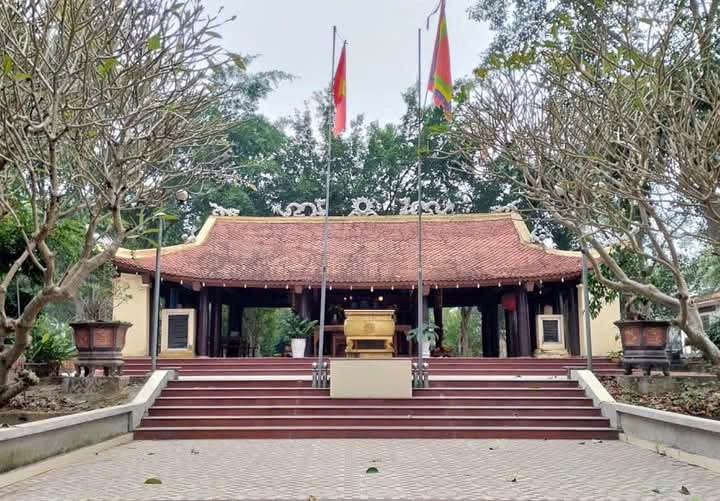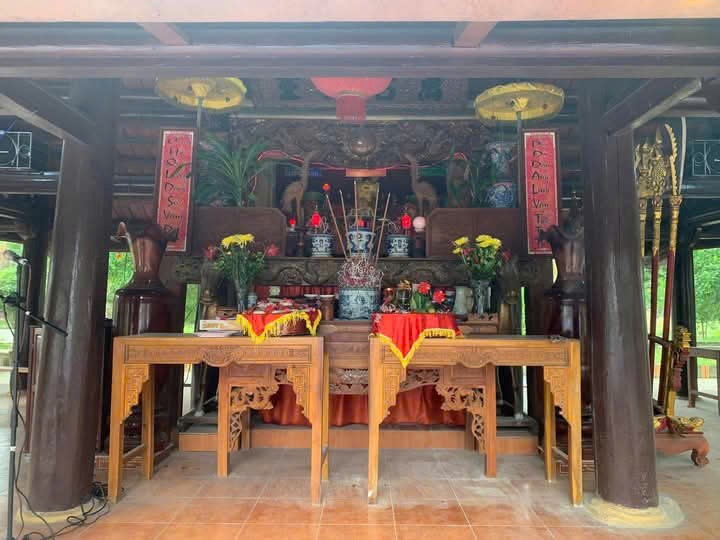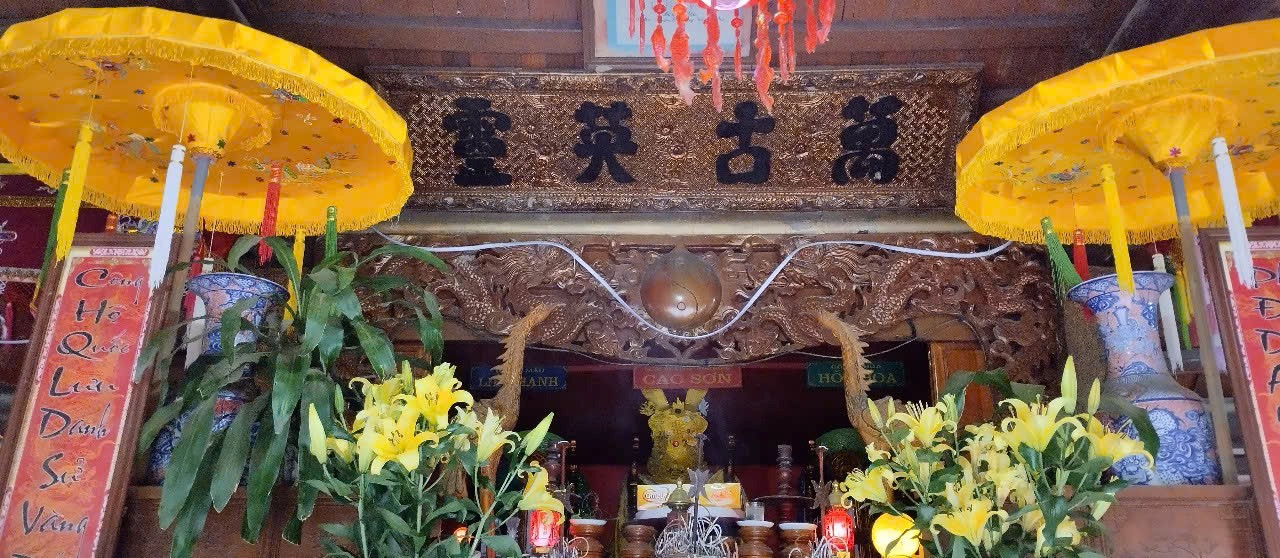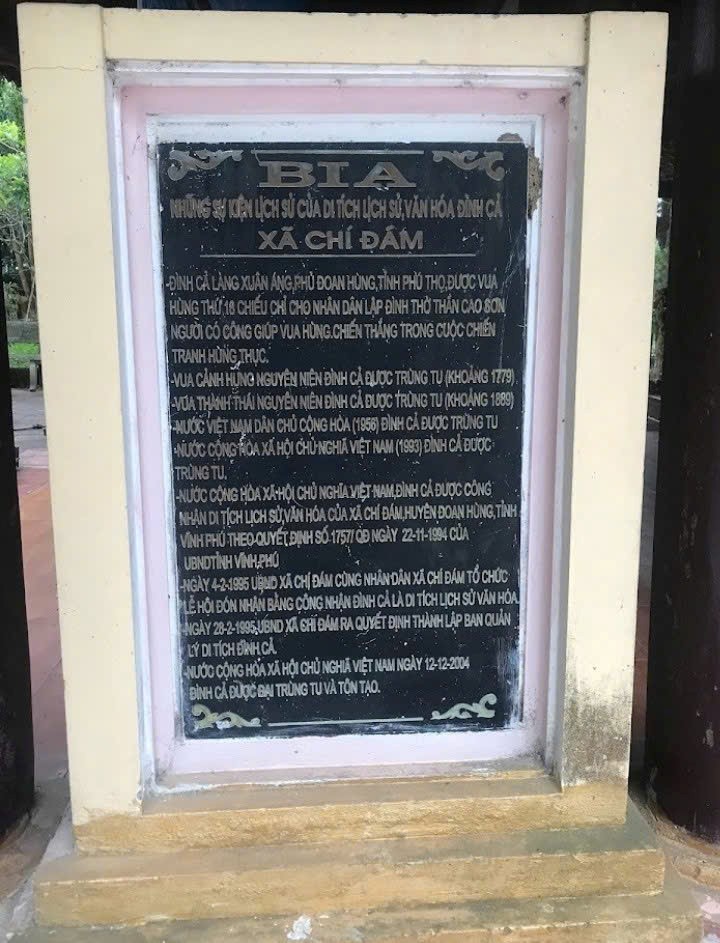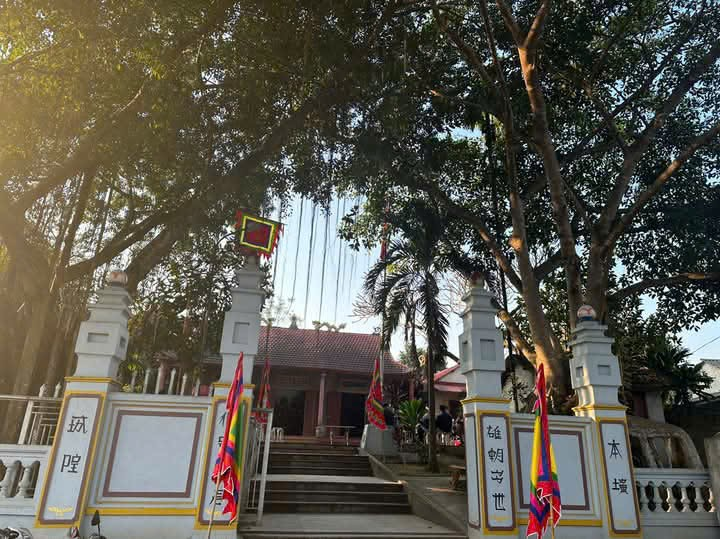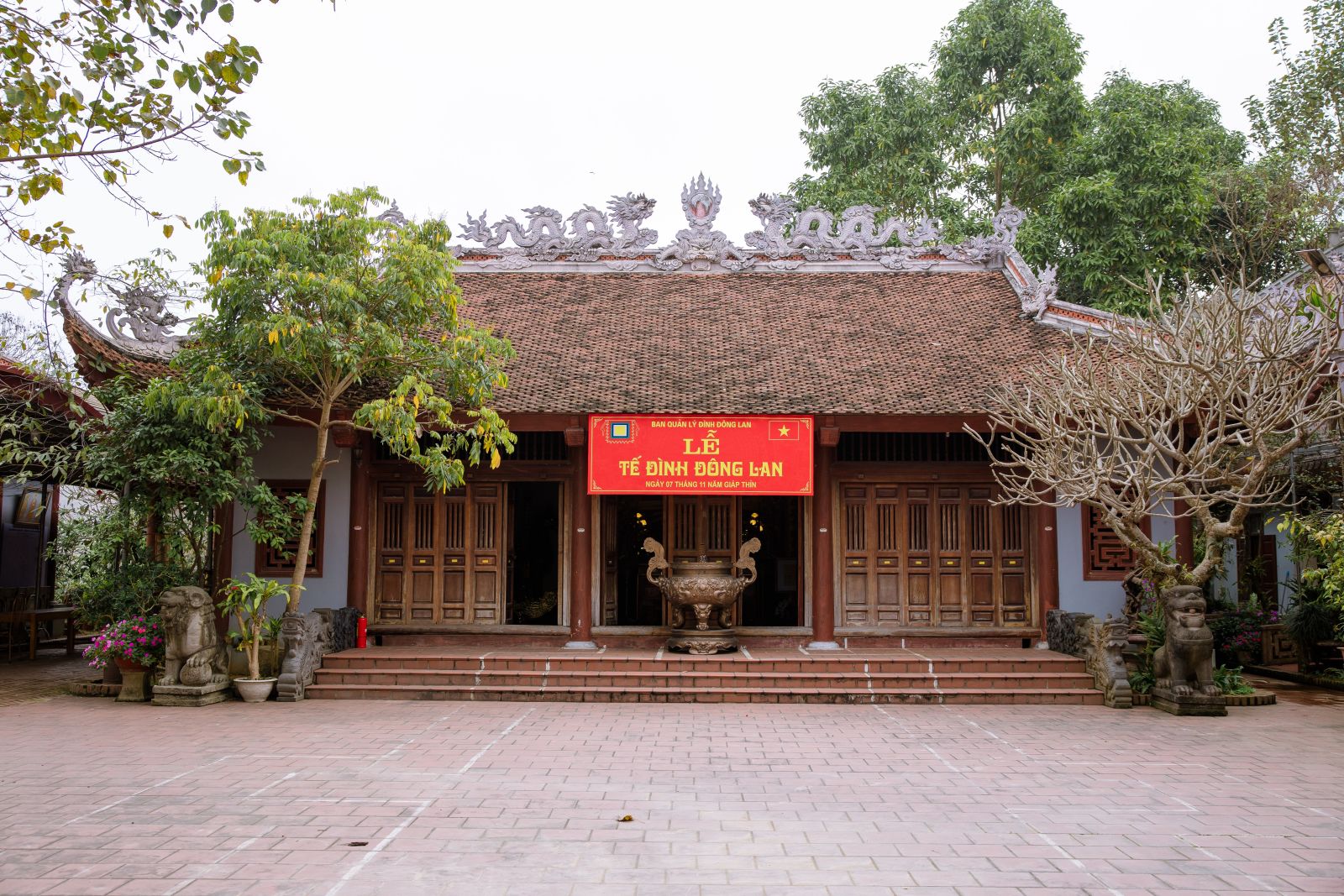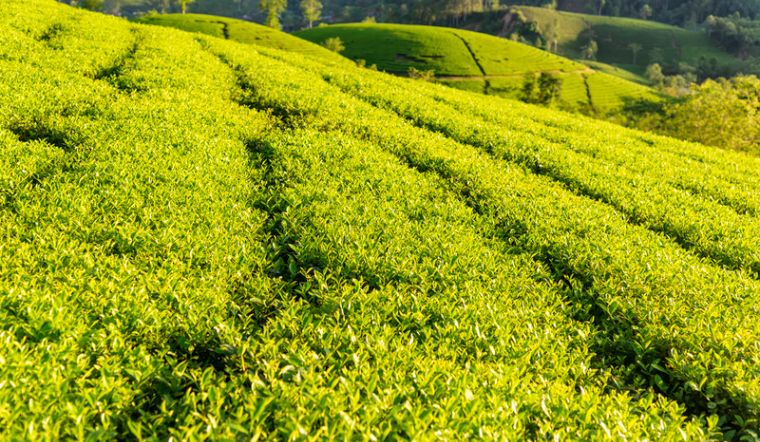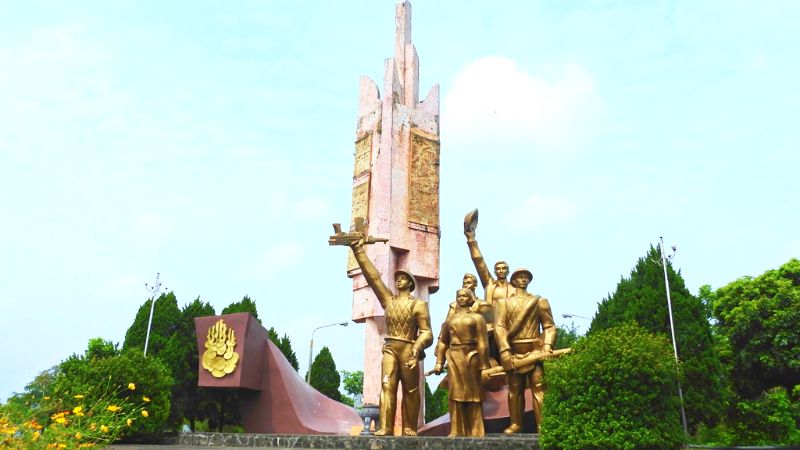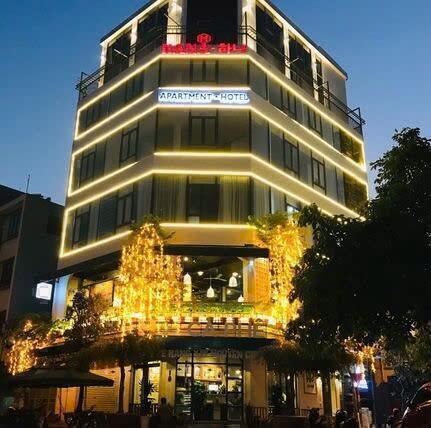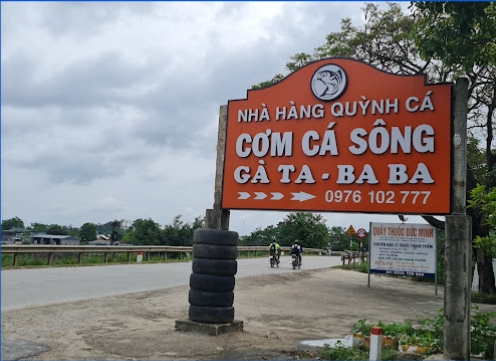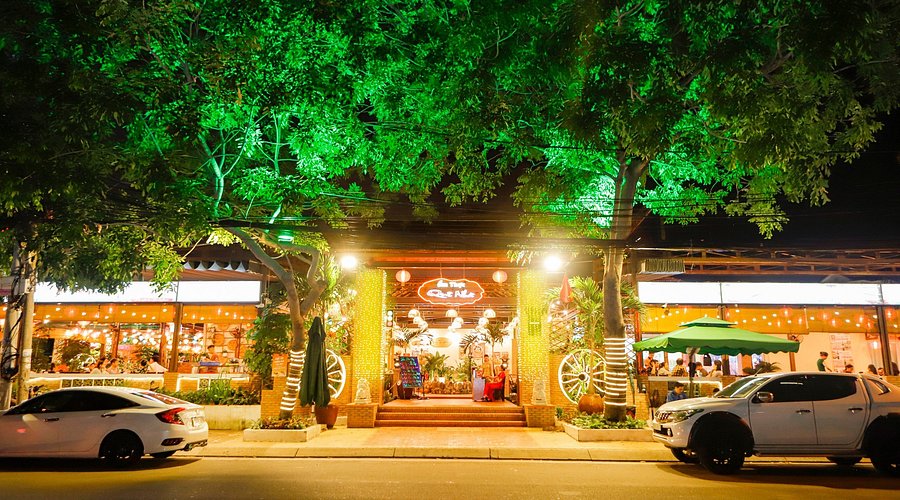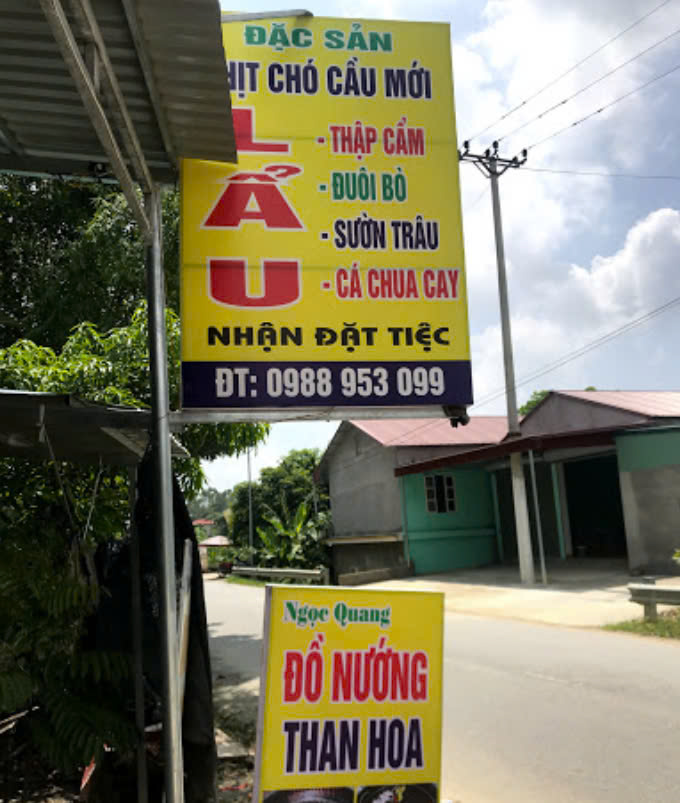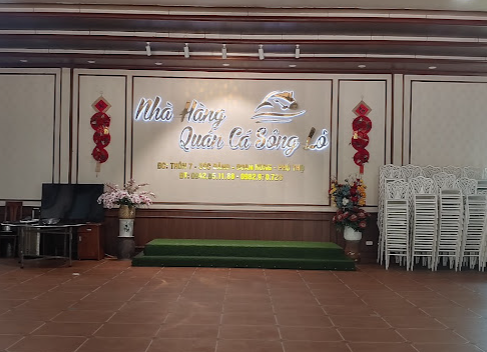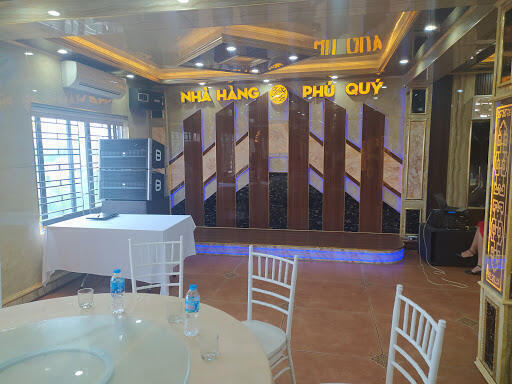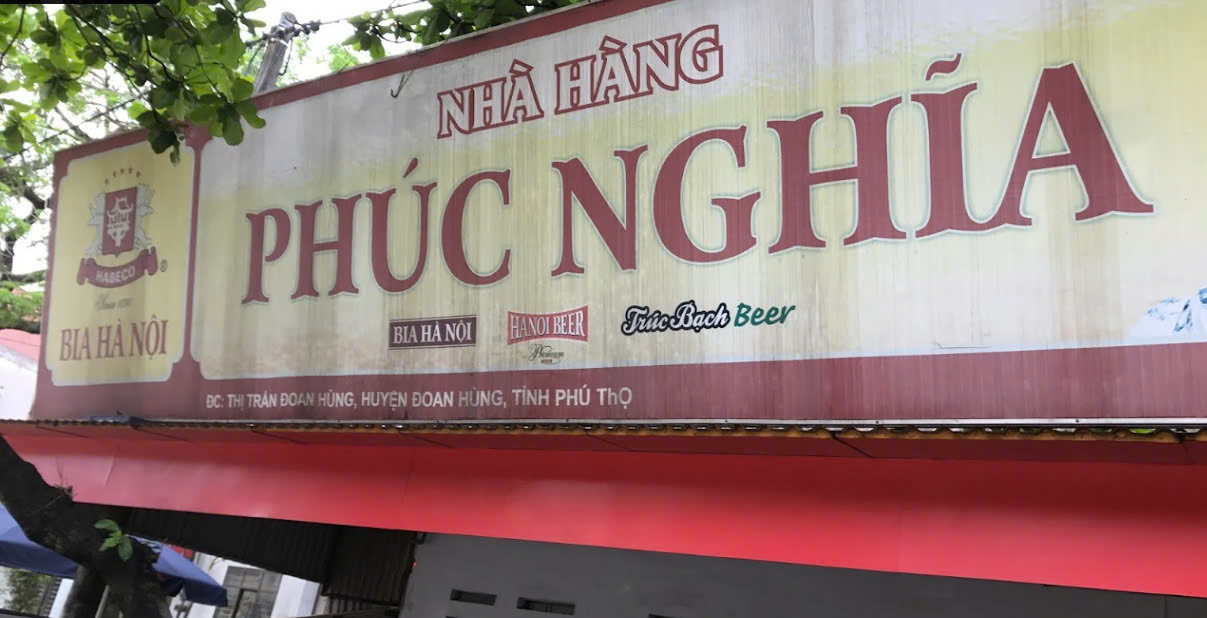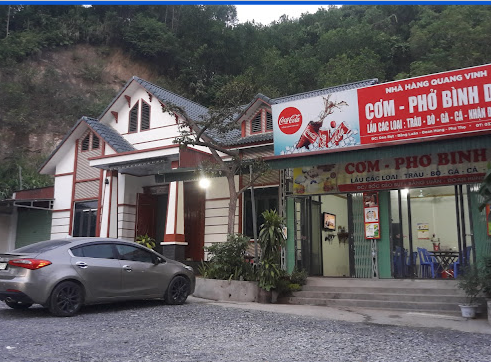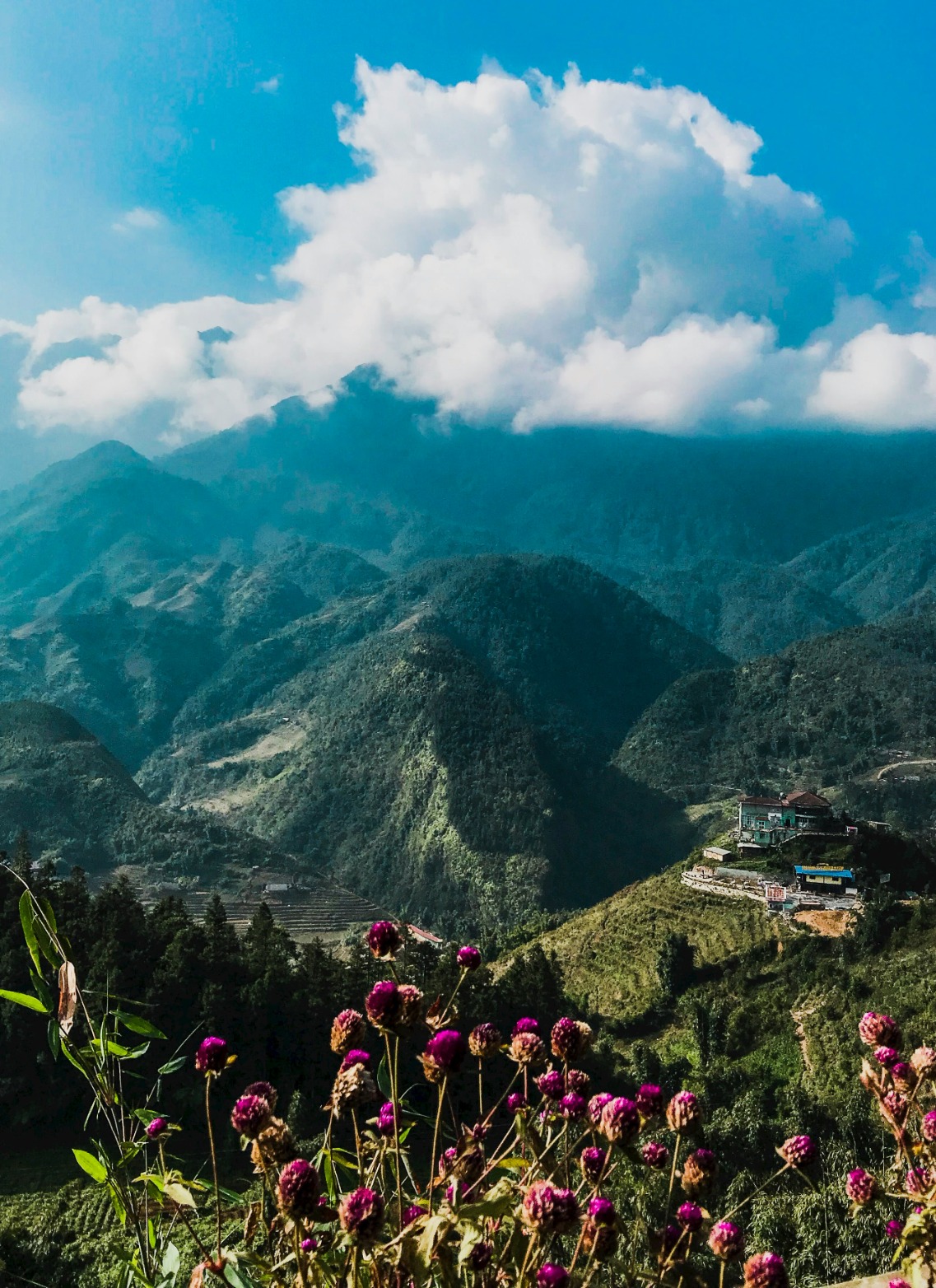In the early AD, Chi Dam belonged to Gia Ninh district, Tan Xuong district. From the 5th to the 10th century, it belonged to Phong Chau district, in the 13th century it belonged to Tam Giang, in the 19th century it belonged to Son Tay town, later changed to a province called Son Tay province. At that time, Chi Dam was also called Tuy village, Xuan Ang commune, Ngoc Chuc canton, Doan Hung district, Doan Hung prefecture, including 5 villages: Chi Dam, Duong Dau, La Hoang, Ngoc Chuc, Xuan Dam. Dam village was the largest so it was called Chi Dam commune. Like many other villages, Chi Dam also had a communal house where spiritual activities were held and was the center of cultural and political activities of the village, which was Dinh Ca.

Chi Dam Communal House
According to the genealogy, the Ca Communal House in Chi Dam Commune worships General Cao Son Dai Vuong, who had great merit in assisting the 18th Hung King in the war with Thuc Phan to preserve the country during the Van Lang - Au Lac period. The Ca Communal House in Chi Dam Commune is part of the system of relics worshiping the Hung King and the generals and famous people of the Hung King period who built the country in the midlands of the Ancestral Land. The Ca Communal House in Chi Dam Commune was included in the relic inventory in 1964 during the general inventory of the whole province. Based on the architectural value of the remaining communal house and the historical significance of the worshiped God, the Ca Communal House in Chi Dam Commune was ranked as a provincial historical relic on November 22, 1994.
The Ca Communal House, also known as Chi Dam Communal House, is located in Dam Village, Xuan Ang Area, Chi Dam Commune, Doan Hung District, Phu Tho Province. The Communal House was built on a beautiful, airy, gently sloping hillside, surrounded by cultivated land. The Ca Communal House faces the North, in front of the communal house gate are three rows of mountains running alternately, surrounding a low-lying field.
The Ca Communal House has a Nhat-shaped architecture, consisting of 3 compartments and 2 eaves, 12.90m long and 7.20m wide. The main column is about 3.20m high, with a column diameter of 30cm. The wooden architecture is formed on the basis of a box-shaped frame. The frame has many types of trusses, the porch columns stretch up to firmly attach the beams and the column heads in 3 dimensions of space. The beams stretch across the porch, mortising and mortising into the column heads, creating more solidity in the middle. The Ca Communal House is covered with fish-tail tiles, with a layer of ancient moss on top of the tiles. The communal house roof spreads out widely, with the four corners of the roof curved to create a curved eaves. Under the roof is a column system of 24 parallel columns supporting the heavy roof. The longitudinal and transverse beams are connected by carefully reinforced mortise and tenon joints, fitting tightly together to form a sturdy frame.
The Ca Communal House does not record the construction date like other communal houses, but only the restoration dates in the years: 1889 (the first year of King Thanh Thai's reign) and 1957, 1995, 2019, but all four repairs still retain the ancient architecture.
In the 16th - 17th centuries, the Ca Communal House was built with a sanctuary behind the middle room as a private, solemn place of worship, separate from the surrounding area. Based on the architecture and worship, it is known that the Ca Communal House was built in the 16th - 17th centuries, at first as a temple to worship Cao Son and his generals, and it was not until the Le Dynasty that the Communal House was built on a large scale and as ancient as it is today.

The sanctuary of Dinh Ca, where incense and offerings are offered
The architecture of Dinh Ca is massive and still quite sturdy, but most of it is smoothed without any carvings. The only remaining sculpture in the communal house is the dragon-shaped beam, the crossbar is carved with the image of "Two dragons facing the moon".
In the middle is the moon face carved with a convex mirror surface with many flames in the shape of swords and spears around it, opposite the moon face are two dragons stretching the entire length of the dragon-shaped beam, each measuring 1m07.
The large, fat dragon body appears and disappears among the clouds, the dragon's feet have sharp claws tightly gripping the clouds, the tail is twisted like a flower, both dragons face the moon face. Next is the image of two unicorns with wide open mouths, curved bodies in a very lively position of diving down from above.

The dragon statue is elaborately carved in the harem
On the dragon statue is arranged the theme of "Four sacred animals" using the art of openwork and polished carving with sophisticated and meticulous techniques, creating a harmonious and balanced carving. This is a statue of artistic value with the typical features of 18th - 19th century sculpture and is also the only carving still preserved in the communal house.
Through many ups and downs of history, many relics in the communal house have been damaged and lost, only the jade genealogy book recording the history, the throne and some worship items remain: flower tubes, wooden trays painted with red and gilded gold... Based on the jade genealogy book still preserved in the communal house and local legends, the Ca - Chi Dam communal house worships Cao Son God, who had great merit in helping the 18th Hung King in the war with Thuc Phan to preserve the country during the Van Lang - Au Lac period.

Stele records the history of Dinh Ca relic
Dinh Ca in Chi Dam commune is one of the relics in the system of relics worshiping Hung King and generals, characters of the Hung King era of the country's founding in the midlands of the Ancestral Land. General Cao Son's body is worshiped in the communal house as a guardian deity in the spiritual life of Chi Dam people today and for thousands of years to come.
Every year, the leaders of the Party Committee, government and people of Chi Dam commune offer offerings at the main and regular monthly festivals such as the Birthday Festival, Hung King's Death Anniversary, Trung Nguyen Festival, Hoa Than Festival, and the 1st and 15th of the lunar month. To show gratitude to the ancestors, pray for favorable weather, national peace, prosperity and happiness for the village. Up to now, these activities are still maintained and preserved by the people of Chi Dam commune as a beautiful tradition, demonstrating patriotism, community cohesion, national solidarity and an indispensable core part of the Hung King worship belief of the land of the nation's origin.
 VIE
VIE

